Introduction
Bacon, a culinary staple cherished globally, owes much of its rich flavor and texture to time-honored curing methods. Among these, traditional Chinese bacon—known as làròu—stands as a testament to the fusion of practicality, craftsmanship, and cultural heritage. Unlike commercially produced bacon, which often relies on accelerated processes and artificial additives, traditional làròu embraces slow, meticulous techniques that transform fresh pork into a savory, intensely flavored delicacy. This article delves into the intricate steps of crafting authentic làròu, exploring its historical roots, the science behind preservation, and the cultural significance that makes it a beloved component of Asian cuisine.
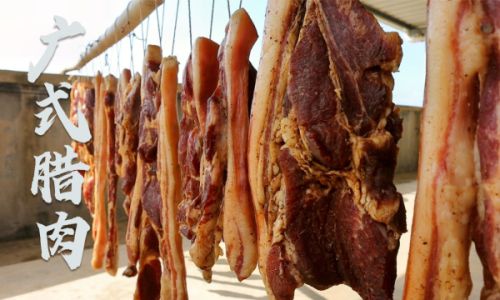
The Historical Tapestry of Bacon Curing
The practice of curing meat dates back millennia, originating as a necessity for survival in eras before refrigeration. Ancient civilizations, including the Chinese, discovered that salt—a natural preservative—could dehydrate meat, inhibit microbial growth, and extend edibility. Over centuries, this rudimentary method evolved into an art form, with regional variations emerging based on climate, available ingredients, and cultural preferences.
In China, làròu became particularly prevalent in regions with cold, damp winters, such as Sichuan, Hunan, and Guangdong provinces. The combination of low temperatures and high humidity created ideal conditions for slow curing and drying, allowing families to preserve pork for months. Today, làròu remains a symbol of Lunar New Year celebrations, embodying traditions passed through generations.
Selecting the Prime Cut: The Foundation of Flavor
The journey to exceptional làròu begins with selecting the right cut of pork. Traditionalists favor the belly (wǔhuā ròu) or shoulder (jiān bǎng ròu), as these areas boast a balance of lean muscle and marbling fat. The fat content is critical: too little, and the bacon becomes dry; too much, and it risks spoilage during curing.
When sourcing pork, quality is paramount. Freshness is non-negotiable; the meat should be firm, pinkish-red, and devoid of off-odors. Many artisans prefer heritage breed pigs, such as the Chenghua or Lantang, renowned for their robust flavor and textured fat. Organic, pasture-raised pork is increasingly sought after for its superior taste and ethical sourcing.
The Curing Alchemy: Ingredients and Ratios
Curing is a delicate dance of salt, sugar, and aromatic spices. The primary ingredients serve dual purposes: preservation and flavor enhancement.
- Salt: The backbone of curing, salt (preferably coarse sea salt or kosher salt) draws moisture from the meat via osmosis, creating an inhospitable environment for bacteria. A typical ratio is 3–5% salt by meat weight, though regional recipes may vary.
- Sugar: Balancing salt’s sharpness, sugar (often brown or rock sugar) caramelizes during cooking, imparting a subtle sweetness. A 1:1 ratio of salt to sugar is common, though some recipes use slightly less sugar for a savory profile.
- Spices: Star anise, Sichuan pepper, cinnamon, and cloves are ground and mixed into the cure. These spices not only flavor the meat but also contribute antimicrobial properties.
- Optional Additives: In some traditions, a small amount of sodium nitrite (curing salt) is added to enhance pink coloration and inhibit Clostridium botulinum. However, traditionalists often omit this, relying instead on strict temperature control and prolonged curing.
Preparation: From Fresh to Flavorful
The preparation phase is labor-intensive but rewarding.
- Trimming and Cleaning: The pork is trimmed of excess fat and sinew, then rinsed with cold water and patted dry. Some artisans score the skin lightly to aid penetration of the cure.
- Cure Application: The dry rub is massaged thoroughly into the meat, ensuring even coverage. For deeper flavor, some cures incorporate soy sauce, Shaoxing wine, or honey, creating a wet brine.
- Container Selection: The meat is placed in a non-reactive container (glass, ceramic, or food-grade plastic) and layered with any remaining cure. Weights may be added to press the meat, expelling air pockets.
The Curing Process: Patience and Precision
Curing duration hinges on factors like meat thickness, ambient temperature, and humidity. In cooler climates (5–10°C / 41–50°F), curing takes 7–10 days; warmer environments may require 5–7 days.
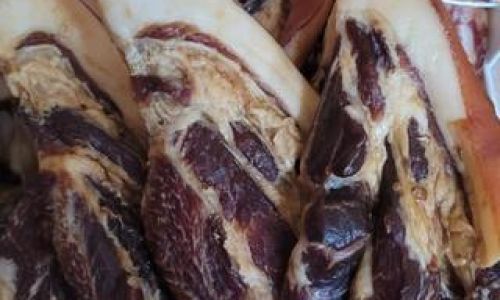
During this period, the meat undergoes biochemical transformations:
- Enzyme Activity: Natural enzymes break down proteins, tenderizing the meat.
- Bacterial Inhibition: Salt creates a hypertonic environment, dehydrating cells and preventing spoilage.
- Flavor Development: Spices permeate the flesh, while sugars undergo Maillard reactions, laying the groundwork for complex taste profiles.
The meat must be flipped daily to ensure even curing. Excess liquid (a byproduct of osmosis) is drained to prevent brine formation, which can soften the texture.
Aging and Drying: The Final Transformation
Post-curing, the meat is rinsed to remove excess salt and patted dry. This marks the beginning of the aging phase, where moisture content drops further, concentrating flavors.
-
Hanging: The meat is suspended using hooks or twine in a well-ventilated area. Ideal conditions include:
- Temperature: 10–15°C (50–59°F)
- Humidity: 60–70% (to prevent excessive drying or mold)
- Airflow: Gentle circulation to deter mold without dehydrating the meat too rapidly.
-
Smoking (Optional): In some regions, particularly Sichuan, làròu undergoes a cold-smoking phase using fragrant woods like camphor or tea leaves. This imparts a smoky aroma and additional preservation.
-
Duration: Aging typically lasts 3–6 weeks. The meat is periodically inspected for mold (which can be wiped off with vinegar) and tested for firmness.
Storage: Preserving the Bounty
Properly cured and dried làròu boasts an impressive shelf life.
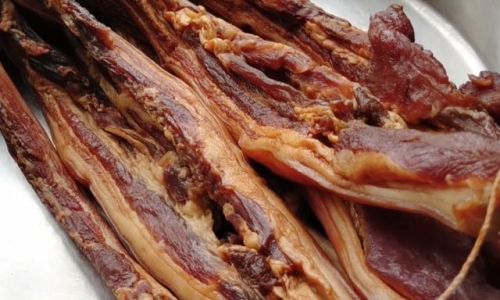
- Refrigeration: Wrapped in parchment paper and stored in an airtight container, it lasts 6–12 months.
- Freezing: For extended storage, vacuum-sealing prevents freezer burn.
- Room Temperature: In cool, dry climates, làròu can hang for several months, though this requires vigilant monitoring.
Regional Variations: A Tapestry of Taste
China’s vast geography has nurtured distinct làròu styles:
- Sichuan Spiced Bacon: Infused with Sichuan pepper, chili flakes, and star anise, this variety packs a fiery punch.
- Guangdong Sweet Bacon: Marinated in soy sauce, honey, and rose wine, it offers a caramelized sweetness.
- Hunan Smoked Bacon: Cold-smoked over rice husks and orange peels, yielding a smoky-citrusy flavor.
Modern Adaptations and Safety Considerations
While traditional methods remain revered, modern cooks face challenges like inconsistent climate control and food safety concerns. Home curers must adhere to strict hygiene practices, using calibrated thermometers and hygrometers to monitor conditions.
Critics argue that traditional curing lacks the safety nets of commercial processing, such as nitrites and vacuum sealing. However, proponents counter that meticulous adherence to time-tested steps—low temperatures, precise salt ratios, and vigilant monitoring—mitigate risks effectively.
Culinary Applications: Beyond the Breakfast Plate
Làròu’s versatility extends far beyond breakfast. Thinly sliced, it adds umami depth to stir-fries, congee, and clay pot rice. In Sichuan cuisine, it is paired with garlic sprouts or dried bamboo shoots, while Cantonese chefs use it to flavor steamed fish or turnip cakes.
Conclusion: The Legacy of Làròu
In an era of instant gratification, traditional bacon curing embodies a countercultural commitment to patience, craft, and heritage. Each strip of làròu tells a story—of ancestral wisdom, regional identity, and the alchemy of turning simple ingredients into culinary gold. As modernity accelerates, the art of curing endures as a bridge between past and present, a flavorful reminder that some things are worth waiting for.
Whether悬挂 in a rural farmhouse or meticulously crafted in an urban kitchen, làròu invites us to slow down, savor the process, and honor the timeless marriage of fire, salt, and flesh.
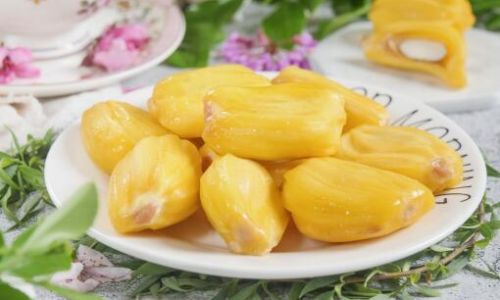
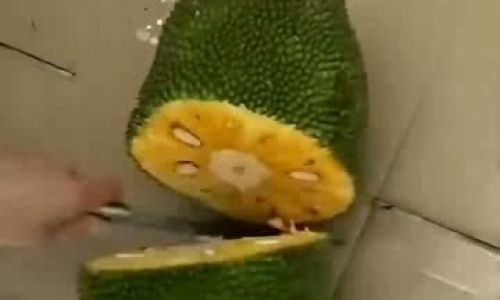

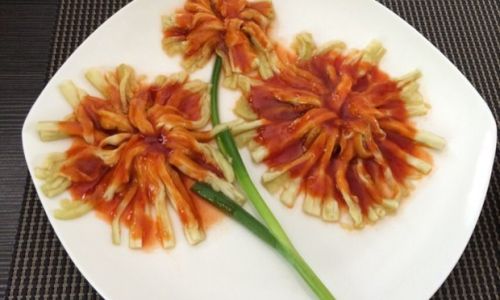
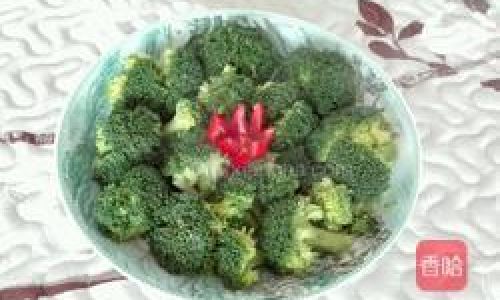
0 comments